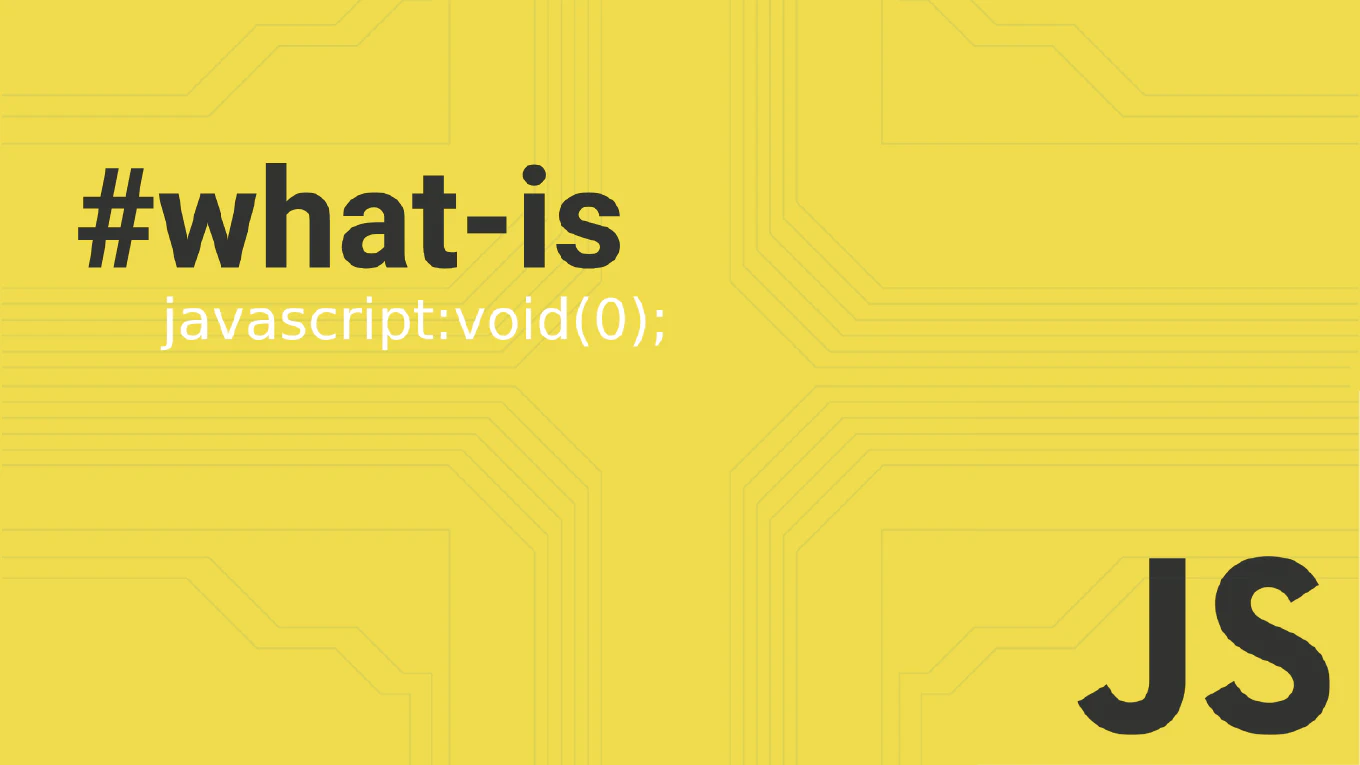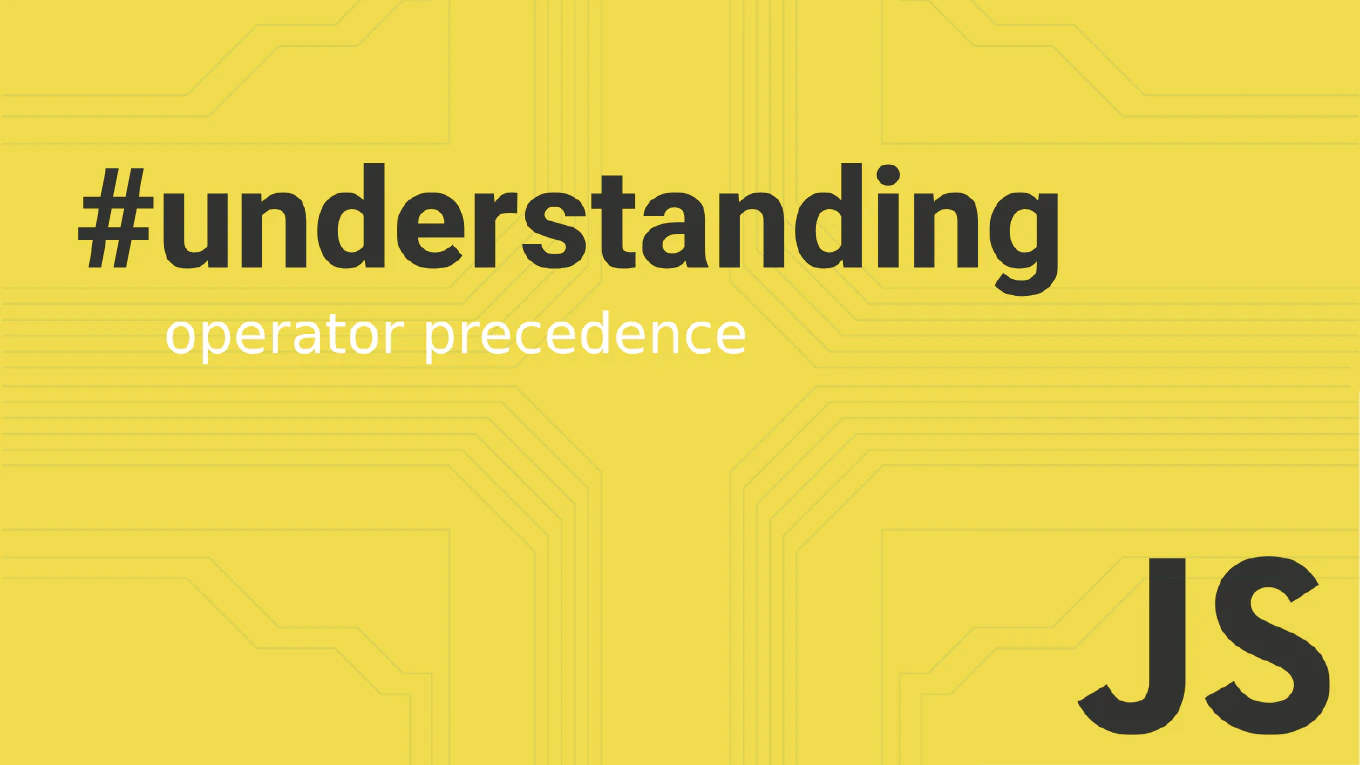How to write a function expression in JavaScript
Function expressions assign functions to variables, providing flexibility in function creation and enabling conditional function definition. As the creator of CoreUI, a widely used open-source UI library, I’ve used function expressions extensively for dynamic function creation and modular code organization. From my expertise, function expressions are ideal when you need to conditionally create functions or pass them as arguments. This approach offers more control over function scope and timing compared to function declarations.
How to write an arrow function in JavaScript
Arrow functions are a modern ES6 feature that provides a more concise syntax for writing functions, especially useful for callbacks and functional programming.
As the creator of CoreUI, a widely used open-source UI library, I’ve used arrow functions extensively throughout the codebase for cleaner and more readable code.
From my expertise, arrow functions are perfect for simple operations and callbacks due to their concise syntax and lexical this binding.
This approach reduces boilerplate code and improves code readability significantly.
How to remove a class from an element in JavaScript
Removing CSS classes from elements dynamically enables state changes, interactive styling, and responsive design through JavaScript manipulation. As the creator of CoreUI, a widely used open-source UI library, I’ve implemented dynamic class removal in thousands of interactive components for modal closures, active states, and UI transitions. From my expertise, the most effective approach is using the classList.remove() method for safe and reliable class management. This method provides clean class removal without affecting other classes and handles non-existent class removal gracefully.
How to add a class to an element in JavaScript
Adding CSS classes to elements dynamically enables interactive styling, state changes, and responsive design through JavaScript manipulation. As the creator of CoreUI, a widely used open-source UI library, I’ve implemented dynamic class manipulation in countless interactive components for state management and visual feedback. From my expertise, the most effective approach is using the classList.add() method for clean and reliable class management. This method provides safe class addition without affecting existing classes and handles duplicate prevention automatically.
How to calculate the difference between two dates in JavaScript
Calculating the difference between two dates is essential for creating countdown timers, tracking durations, and implementing time-based features in web applications.
As the creator of CoreUI, a widely used open-source UI library, I’ve implemented date difference calculations in numerous dashboard components, analytics widgets, and scheduling systems.
From my expertise, the most accurate and reliable solution is to use the getTime() method to get the millisecond difference between dates.
This approach provides precise calculations that work correctly across time zones and handles daylight saving time automatically.
How to convert a timestamp to a date in JavaScript
Converting timestamps to readable dates is fundamental when working with APIs, databases, and time-based data in web applications.
As the creator of CoreUI, a widely used open-source UI library, I’ve implemented timestamp conversion in countless dashboard components, data tables, and real-time monitoring systems.
From my expertise, the most straightforward and reliable solution is to pass the timestamp directly to the new Date() constructor.
This approach works with both Unix timestamps (seconds) and JavaScript timestamps (milliseconds) with proper conversion.
How to get the current day in JavaScript
Getting the current day of the month is essential for date displays, calendar highlighting, and day-based calculations in web applications.
As the creator of CoreUI, a widely used open-source UI library, I’ve implemented day extraction in numerous calendar components, dashboard widgets, and date picker interfaces.
From my expertise, the most straightforward solution is to use the getDate() method which returns the day of the month.
This method provides values from 1-31 and automatically handles different month lengths and leap years.
How to get the current month in JavaScript
Getting the current month is crucial for date filtering, monthly reports, and seasonal functionality in web applications.
As the creator of CoreUI, a widely used open-source UI library, I’ve implemented month extraction in numerous calendar components, analytics dashboards, and date picker widgets.
From my expertise, the most important consideration is understanding that getMonth() returns zero-based values (0-11).
This method requires careful handling to match standard month numbering expectations in user interfaces.
How to get the current year in JavaScript
Getting the current year is essential for dynamic copyright notices, age calculations, and year-based filtering in web applications.
As the creator of CoreUI, a widely used open-source UI library, I’ve implemented current year functionality in numerous footer components, date pickers, and analytics dashboards.
From my expertise, the most reliable and precise solution is to use the getFullYear() method on a Date object.
This approach returns the complete 4-digit year and automatically updates as time progresses, making it perfect for dynamic content.
How to compare two dates in JavaScript
Comparing dates is fundamental for validation, sorting, and implementing date-based business logic in web applications. As the creator of CoreUI, a widely used open-source UI library, I’ve implemented date comparisons in countless components including calendars, data tables, and form validation. From my expertise, the most straightforward and reliable solution is to use standard comparison operators directly on Date objects. JavaScript automatically converts Date objects to timestamps for comparison, making this approach both simple and efficient.



